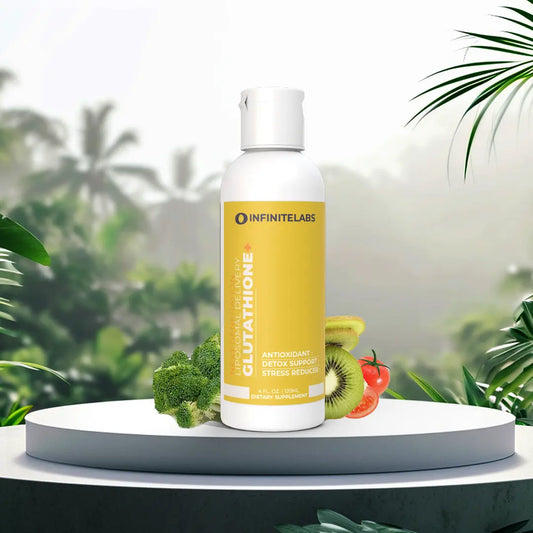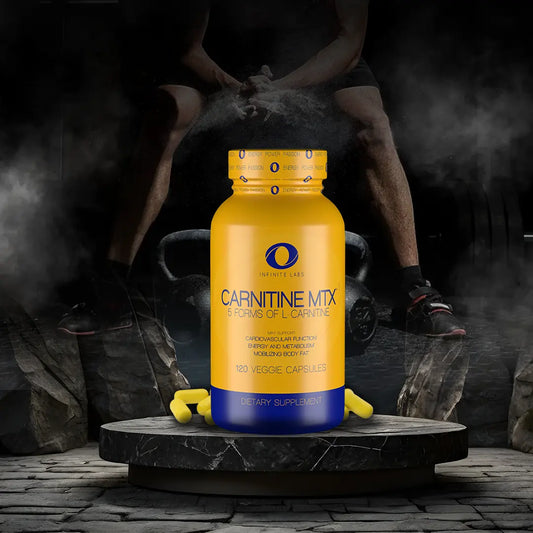

Foam Roller: Recuperate Faster by doing this simple technique
Table of Contents
Women Can Recuperate Faster In Five Minutes By Doing This Simple Technique
Muscle recovery is one of the most overlooked aspects in training from professional athletes as well as beginners. Due to the high importance of muscle recovery, it should be worked into every training regimen and should show no bias whether you have been training your entire life, or you are just getting started.
With every training session, you are creating micro tears in your muscle fibers. While muscles are the fastest to recover, due to the amount of blood flow they receive, they still need time and attention to accomplish this. Recovery as a whole involves chemical and hormonal balance, nervous system repair, mental state, and more.
Muscle recovery should specifically involve the act of self-myofascial release (SMR). Have you ever been sore and felt your muscles becoming fatigued during or after a workout session? This occurs because the micro tears in your muscles cause the fibers to shorten in length, which in effect causes sore and tight muscles. Fascia is a very densely woven connective tissue that surrounds every muscle, bone, nerve, artery, vein, as well as all internal organs. This structure is one that is continuous from head to toe. When the fascia undergoes trauma (like micro tears) or inflammation, it becomes tight and is the source of tension throughout the entire body. The restriction of this fascia induces pain and interrupts your normal range of motion as well as your flexibility. Releasing this tension results in a greater range of motion, increased flexibility, enhanced performance, and a riddance of the associated pain.
Throughout history, massage therapy was sought out to be the preferred remedy to release the tension in tight muscles and relieve a patient’s individual trigger points. However, in today’s modern society, there is an influx of a new technique that is cheaper, more readily available and you are the one performing it on yourself. This technique is called foam rolling and it has also been shown to act as a mood enhancer and potentiates fatigue, thereby acting as an ergogenic aid. The individual who practices with the foam roller does so by using their own body weight to apply pressure on the corresponding trigger points.
If you are someone who frequents gyms or strength and conditioning facilities, you have most likely seen or even used this device before. It is called a foam roller, and it is specifically designed for self-myofascial release. The individual who practices with the foam roller does so by using their own body weight to apply pressure on the corresponding trigger points. Yes, it more likely than not that there will be some pain when rolling over these tender trigger points, or knots. You should also avoid directly rolling over the tender spot, but instead roll a few inches away from the area. The pain you would be feeling is caused by adding an additional load to a muscle that is already overactive. The objective to foam rolling, or for that matter any recovery technique, is to get the affected area(s) back to the point of normal function. So even though it might cause you pain, then end result will relieve you of all pain. If the pain is too unbearable, you should stop and seek medical attention, as something potentially might be wrong.
There is indeed a selection of foam rollers on the market today. They are available in different sizes and materials, which reflect on the firmness of the foam. You will find that foam rollers are usually color coded by their firmness. A white roller is perfect for you if you are a beginner because it is made to be the least dense, so it will produce less pressure and less pain. A medium, lightly colored foam roller should be your selection if your goal is to receive a medium amount of pressure. You could also use it for core-stabilization exercises as it is often used in Pilates training. If you are experienced with foam rolling then the darkest available color, usually offered in black, is the best choice for you. These are manufactured to be smoother, denser and less porous which exerts the highest amount of pressure onto your body. Another consideration to keep in mind when choosing the appropriate foam roller is the size. While most standard rollers are 6 inches (15 cm) in diameter, the length ranges from 12 to 36 inches (30 to 90 cm). A longer length, say of 36 inches, would be most applicable if you were planning on using it on your back. The extra length will allow you to roll more easily with it underneath you and will eliminate the fear of falling off its ends. A shorter one might be a better choice if you plan to transport it between locations and for use on smaller target muscle groups.
The most common muscles to target with the roller would be the upper back, calves, hamstrings, quadriceps, gluteus, and the iliotibial band (more commonly known as the IT band). For someone who actively works out 5-6 times a week, it is recommended that they foam roll daily after a completed workout. Each foam rolling session should last anywhere from 5-10 minutes depending on your level of soreness and the amount of trigger points you currently have. It is optimal that you spend no longer than 30 seconds on each targeted muscle because you could potentially inflict more trauma on the area.

















